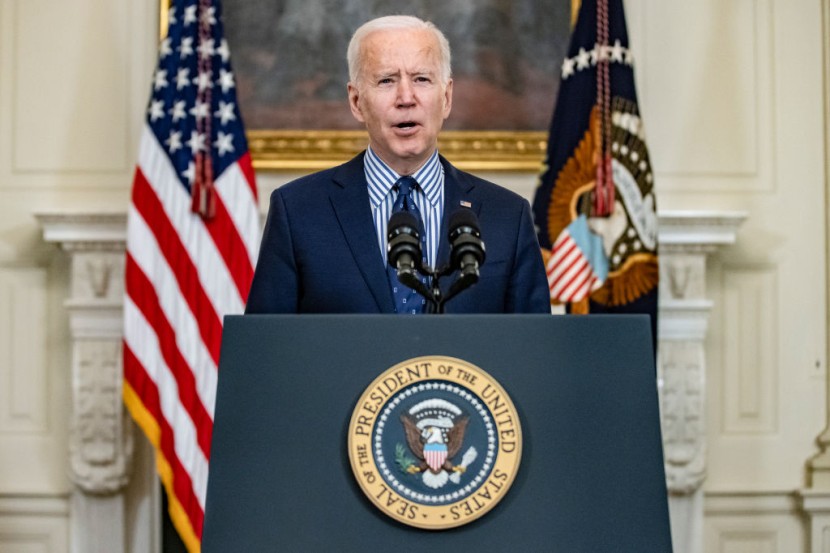
The third stimulus check is yet to be a done deal. Will you be eligible? The Senate has approved the $1.9 trillion COVID-19 relief package. It is slated to make an estimated 13.5 million more dependents included in the third stimulus check for $1,400 per individual.
American Rescue Plan Qualifications
However, the details surrounding its eligibility are reportedly still confusing, especially if you are part of a fringe case. Persons with an adjusted gross income (AGI) of a maximum of $75,000 (and married couples with an income of a maximum of $150,000) will be sent $1,400 each. This includes $1,400 for each dependent. That means a qualified family of four will receive $5,600, reported CNBC.
The House had passed a version of the coronavirus relief bill on February 27. But the Senate made alterations to the bill before passing it, so the House will have to vote on the plan again, reported Kiplinger.
According to the Institute on Taxation and Economic Policy, amid the Senate dealings on Wednesday over who will be qualified for the next series of $1,400 stimulus checks, President Joe Biden reportedly signaled that he would support a new plan that would stop an estimated 12 million adults from receiving payment. In the House version of the bill passed on Saturday, stimulus checks would start to phase out following such thresholds. These would not be made available for individuals earning $100,000 or more and couples earning $200,000 or more.
While Congress's bipartisan action in December 2020 was a step forward in the right direction, it was merely a downpayment. It lacked resources necessitated to tackle the immediate crisis, reported the White House.
The American Rescue Plan's initiative is to deliver another series of aid to stabilize the economy as the public health effort seeks to mitigate the COVID-19 pandemic. While both the Senate and House plans involved a third stimulus check, the Senate proposal limited the upper-income limits at which individuals would be eligible.
The income phaseouts possibly cut off millions of households eligible for the earlier two rounds of stimulus checks due to their higher-income limits. For instance, the first series of stimulus payments sent $1,200 to single people earning $75,000 or less. However, it phased out the payments until they cut off entirely for single taxpayers with incomes more than $99,000 or $19,000 greater than the new agreement.
When President Joe Biden signs the measure into law, the Internal Revenue Service (IRS) will transfer over $410 billion to low-income and middle-income households. This is the largest batch of direct household payments yet during the novel coronavirus outbreak. According to Democrats, such $1,400 stimulus checks, merged with $600 approved in December 2020, fulfill a vow to transfer $2,000 checks to U.S. households.
In the third series, qualified dependents would be sent over twice the amount they were eligible for in earlier rounds. Dependents over 16 years old would also be qualified for the money.
Who Would Not Receive the Third Stimulus Checks?
Imposed by the Senate bill, single filers who have an income of over $80,000 in adjusted gross income, heads of household who have an income of over $120,000, and couples filing jointly earning over $160,000 would not receive the third stimulus checks. Indicated in the House bill, single filers who earned over $100,000, heads of households with an income of over $150,000, and couples who have an income of more than $200,000 would not have received stimulus checks.
Related Article : House Passes $1.9T Biden Relief Bill With $1,400 Stimulus Checks








